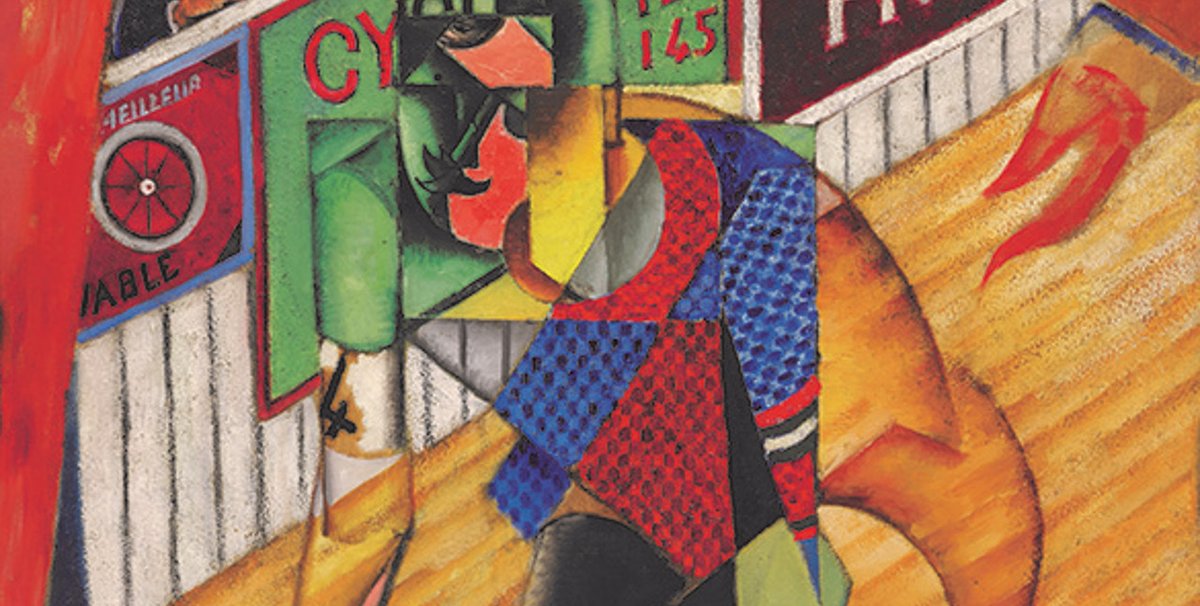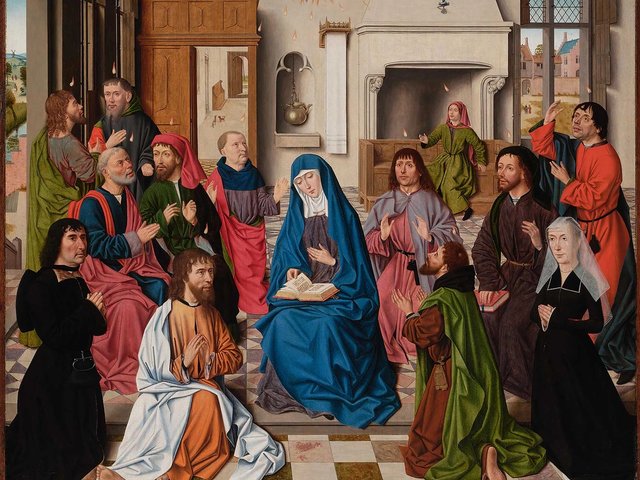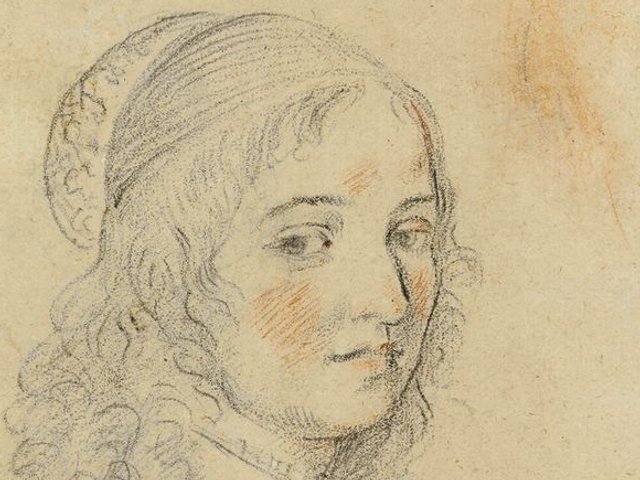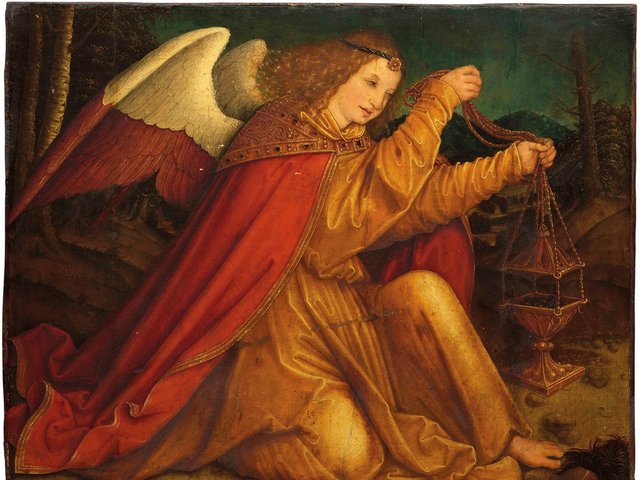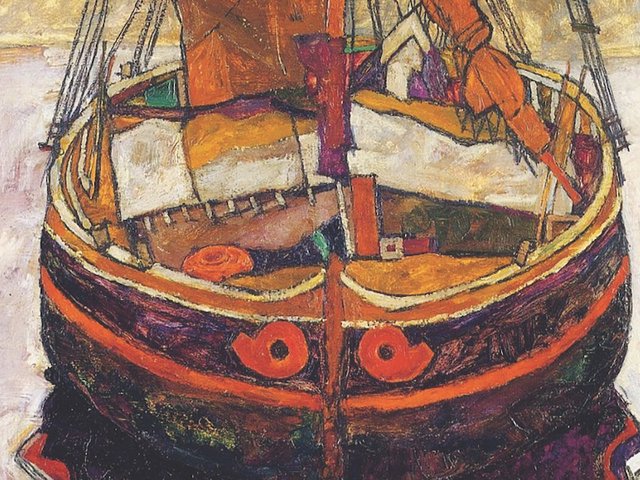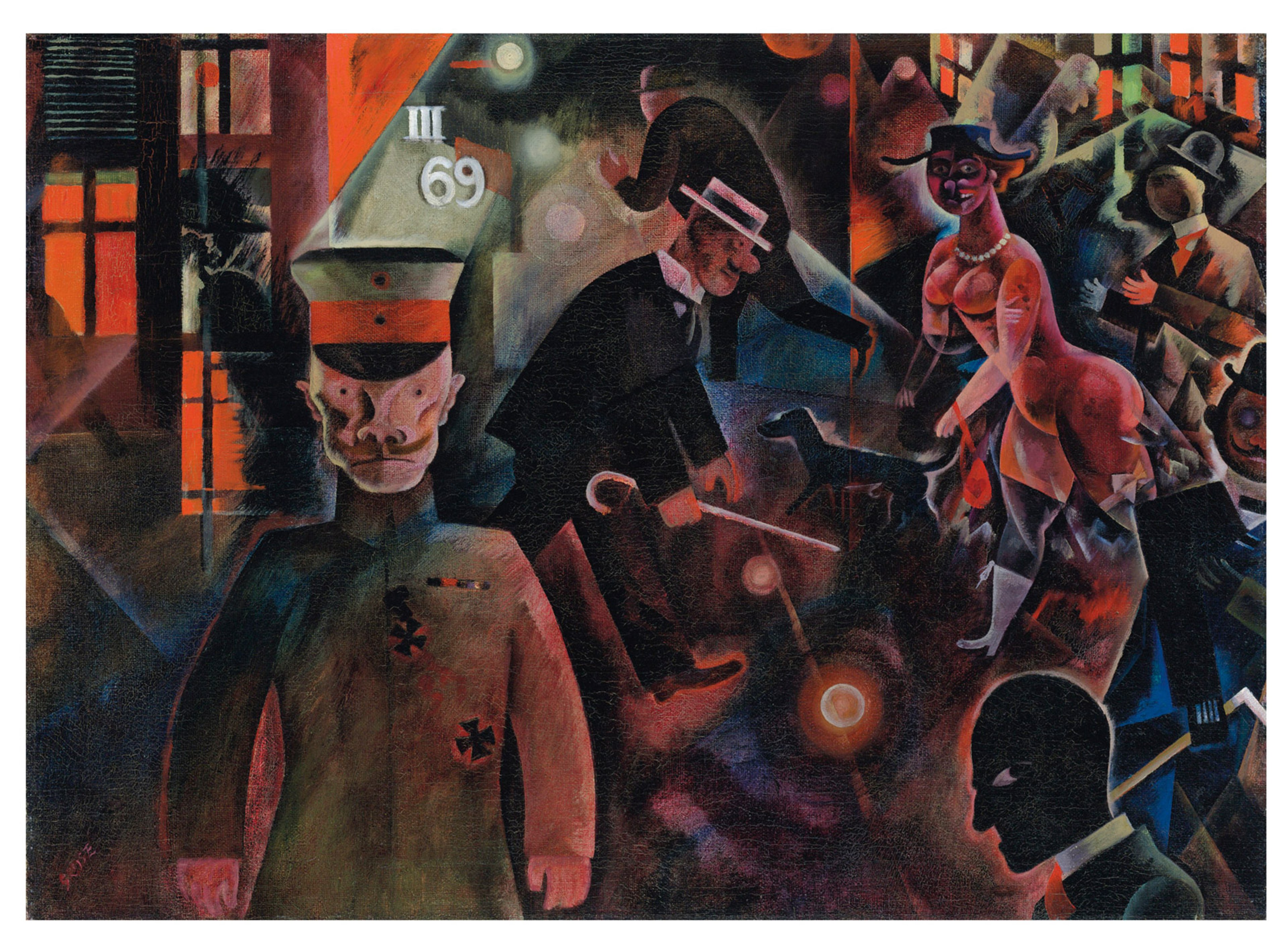
The German artist George Grosz, best known for his vitriolic social criticism, inserted an enraged self-portrait in the lower right-hand corner of this work, painted during the last months of the First World War. Originally shown a century ago in the artist’s solo exhibition at the Galerie Neue Kunst in Munich, the painting has been in a private collection since 1970 and was last exhibited at the Haus der Kunst in 1999. It makes its auction debut at Christie’s and is “arguably the best and most complex” of the artist’s surviving cityscapes held in private hands, according to Olivier Camu, the auction house’s deputy chairman of Impressionist and Modern Art. George Grosz's Gefährliche Straße (1918). Impressionist and Modern Art, Christie’s, London, 5 February. Estimate: £4.5m-£6.5m. Courtesy of Christie's
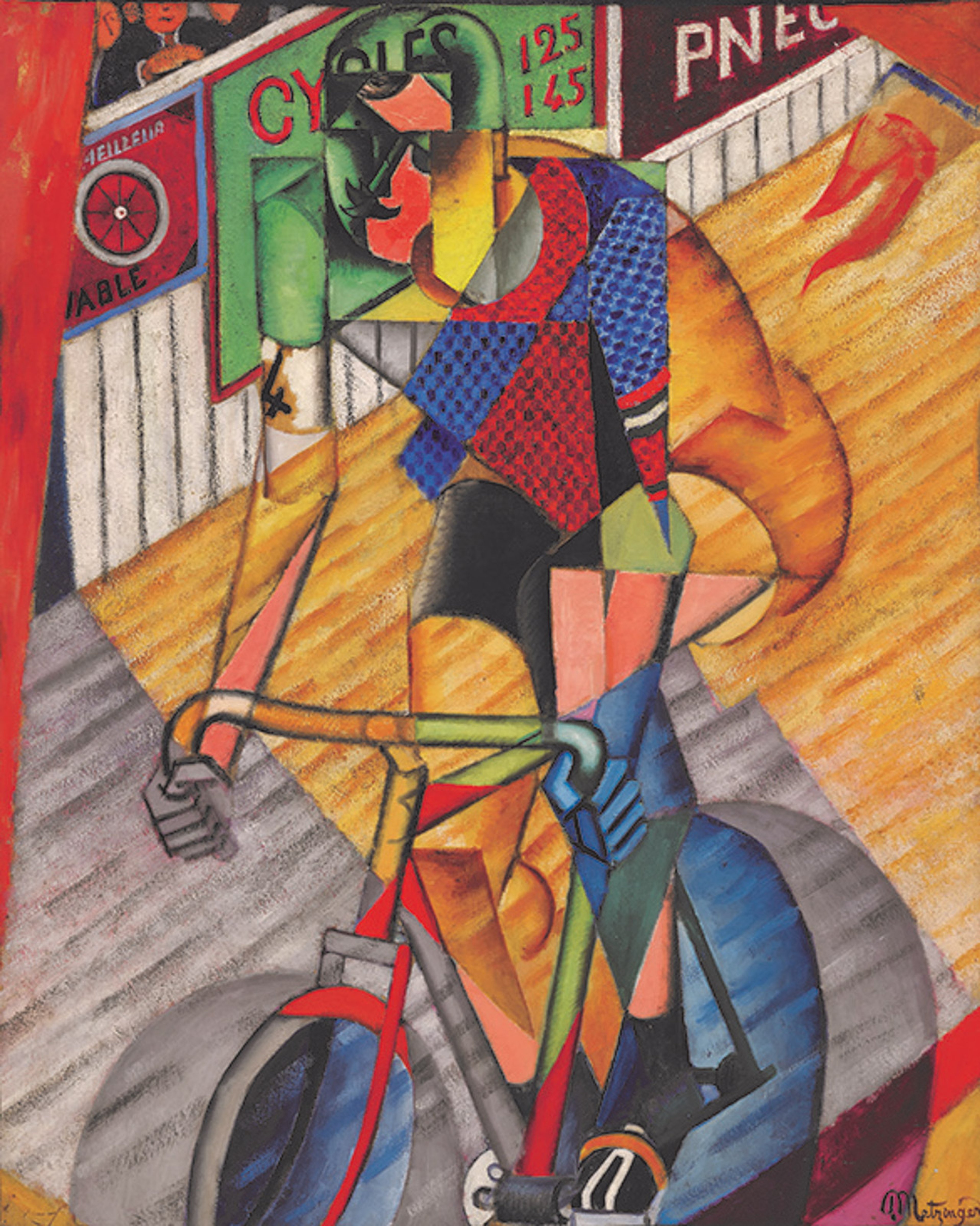
Although he co-wrote the first manifesto on Cubism, Jean Metzinger has had less market attention than many of his contemporaries and the sale of this painting may make a record for the French artist. Last sold at auction nearly a century ago, it has been in the same family for the past 80 years. An earlier 1912 version hangs in the Peggy Guggenheim Collection in Venice and depicts the French cyclist Charles Crupelandt winning the 1912 Paris-Roubaix race. However, according to Metzinger, the work was more inspired by a bet he made with the Cubist theorist Albert Gleizes, who said Metzinger could not cycle for 100km without putting his foot on the ground. Metzinger won the bet. The prize: a free lunch. Jean Metzinger's Le Cycliste (1913). Impressionist and Modern Evening Sale, Sotheby’s, London, 4 February. Estimate: £1.5m-£2m. (Image courtesy of Sotheby's).
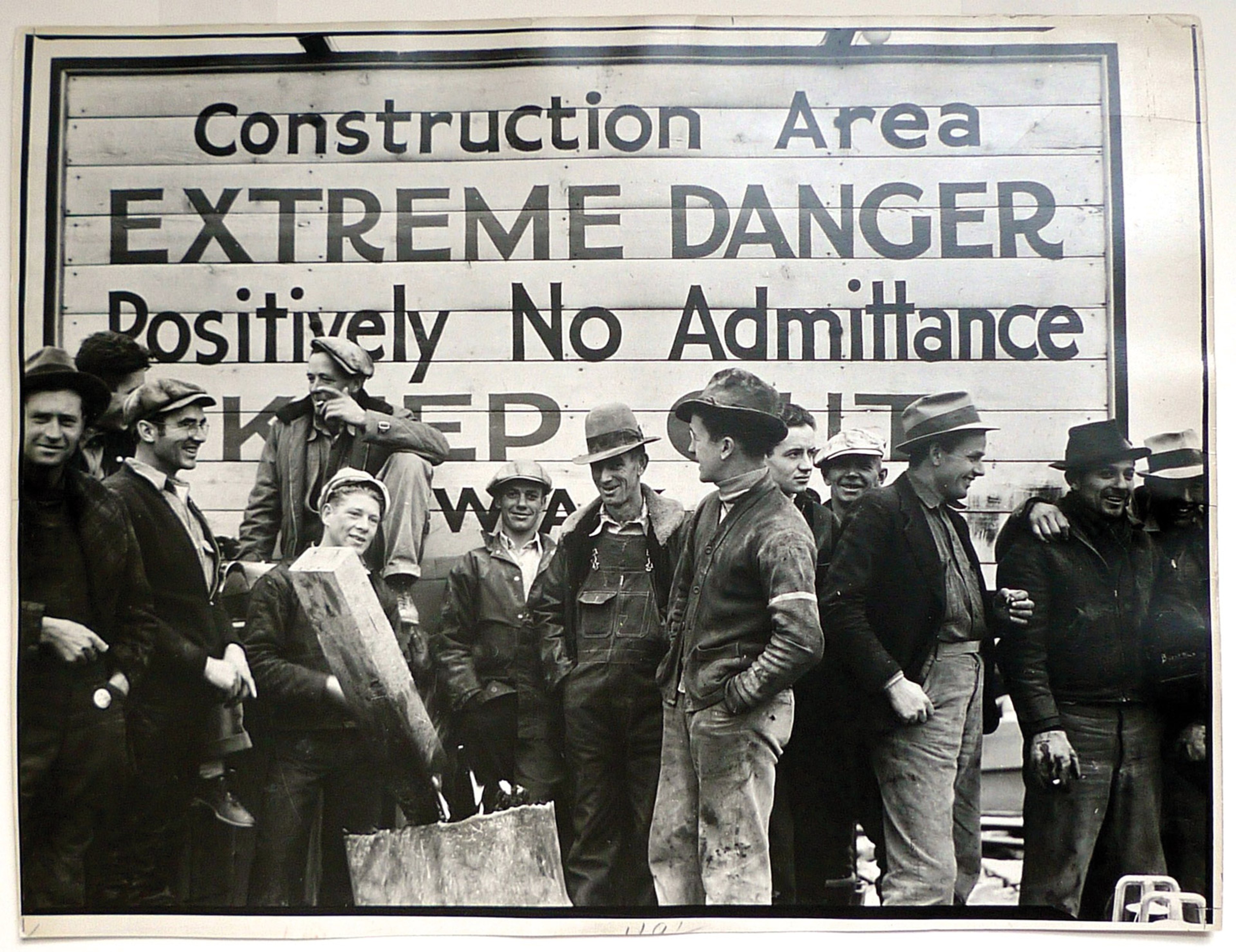
This gelatin silver print is part of an exhibition of around 50 vintage photographs presented by the New York-based dealer Michael Shapiro at the London gallery of Richard Nagy. Alongside experimental images of the body by the likes of Edward Weston are documentary photographs, such as this Depression-era work by Margaret Bourke-White. It was used as the title page illustration for a 1937 Fortune article on the Grand Coulee Dam project. In total, 21 images by the US photojournalist were used for the article about the social impact of the dam. Margaret Bourke-White, Workers, Grand Coulee (“Construction Area: Extreme Danger”) (1937). Breaking Away: Modernism in photography since World War I, Michael Shapiro Photographs and Richard Nagy, London, 6 February-27 March. $100,000-$300,000. (© LIFE Picture Collection via Getty Images; Courtesy of Michael Shapiro).
The German artist George Grosz, best known for his vitriolic social criticism, inserted an enraged self-portrait in the lower right-hand corner of this work, painted during the last months of the First World War. Originally shown a century ago in the artist’s solo exhibition at the Galerie Neue Kunst in Munich, the painting has been in a private collection since 1970 and was last exhibited at the Haus der Kunst in 1999. It makes its auction debut at Christie’s and is “arguably the best and most complex” of the artist’s surviving cityscapes held in private hands, according to Olivier Camu, the auction house’s deputy chairman of Impressionist and Modern Art. George Grosz's Gefährliche Straße (1918). Impressionist and Modern Art, Christie’s, London, 5 February. Estimate: £4.5m-£6.5m. Courtesy of Christie's
Object lessons: from a Depression-era social works photo to a Jean Metzinger painting inspired by a bet
Our pick of highlights from this week's fairs and auctions around the world
